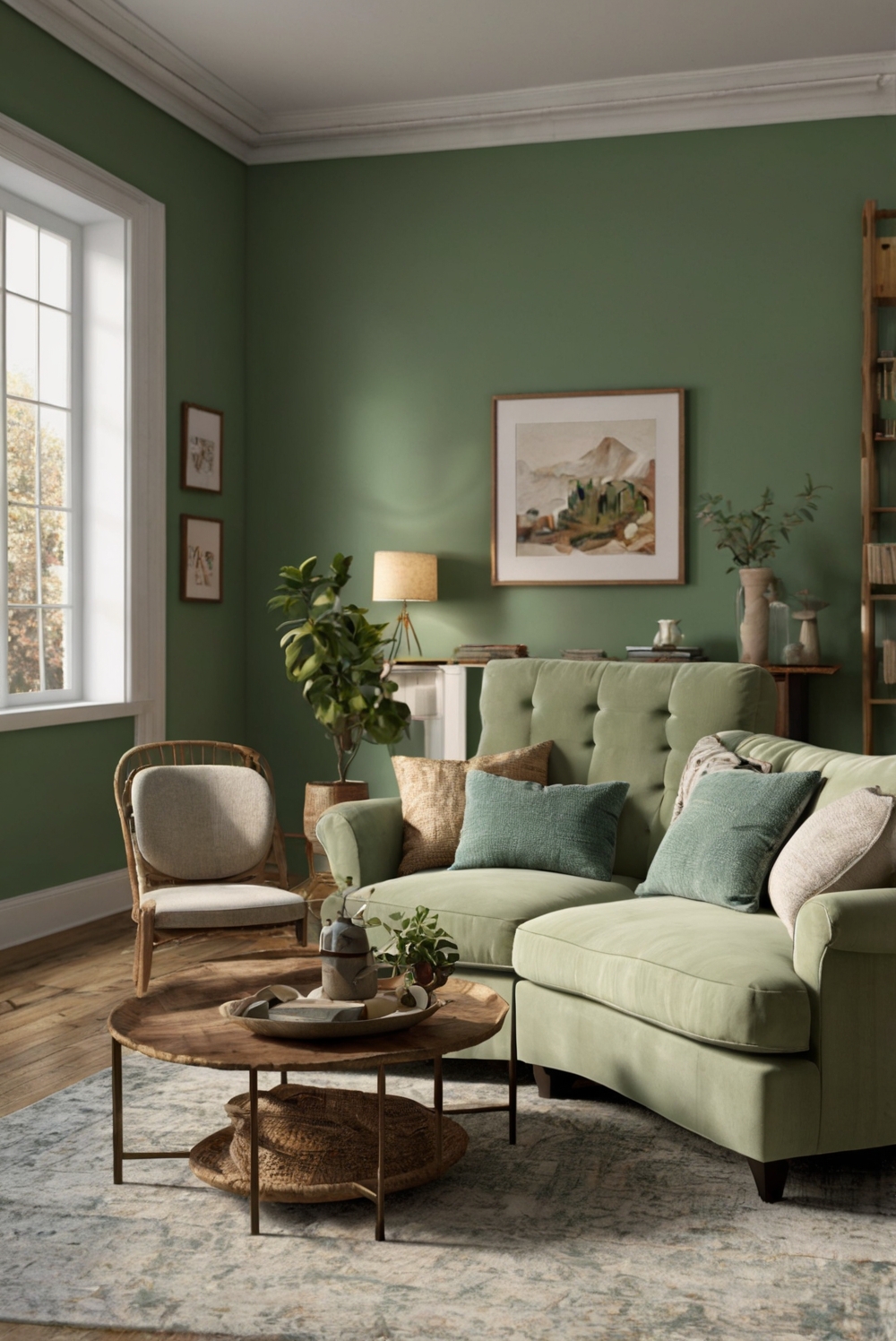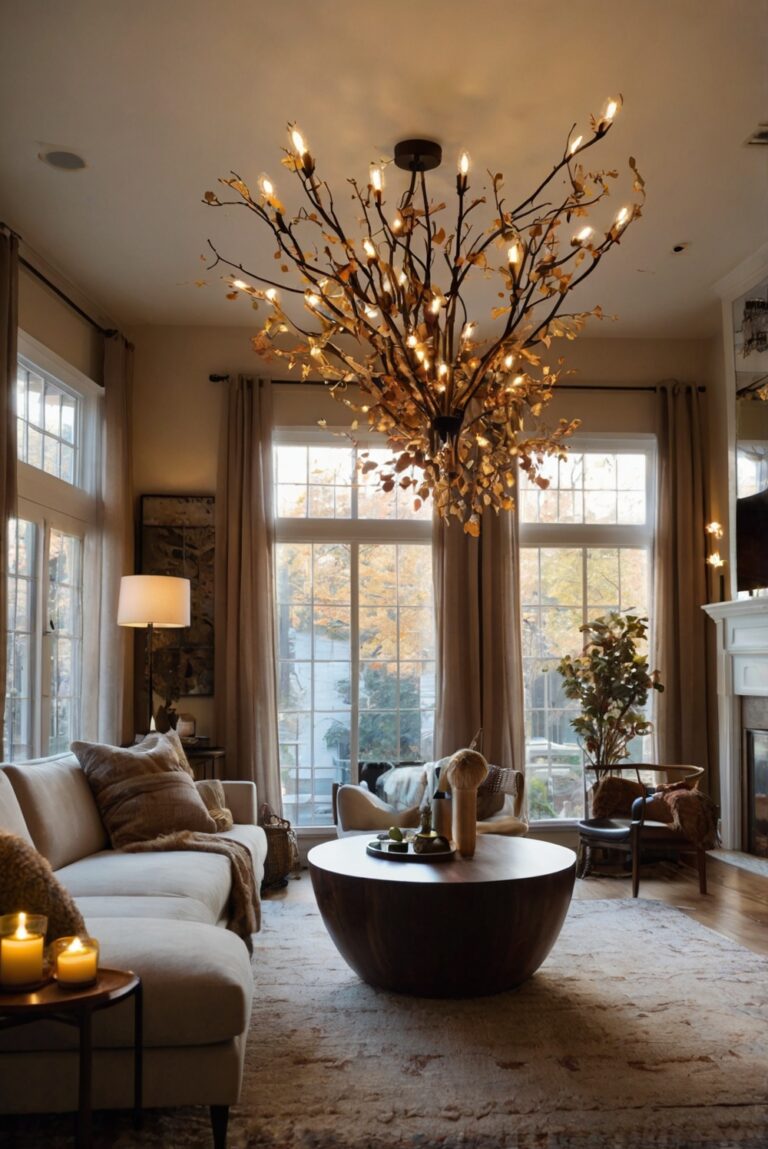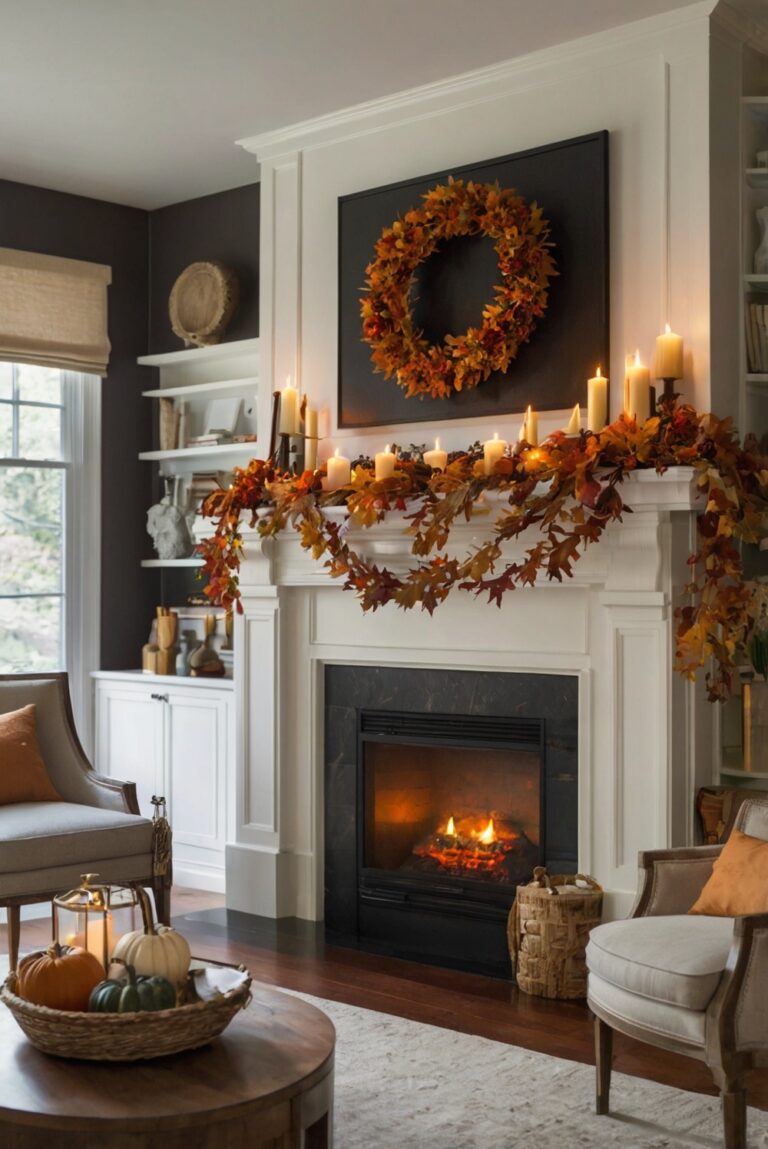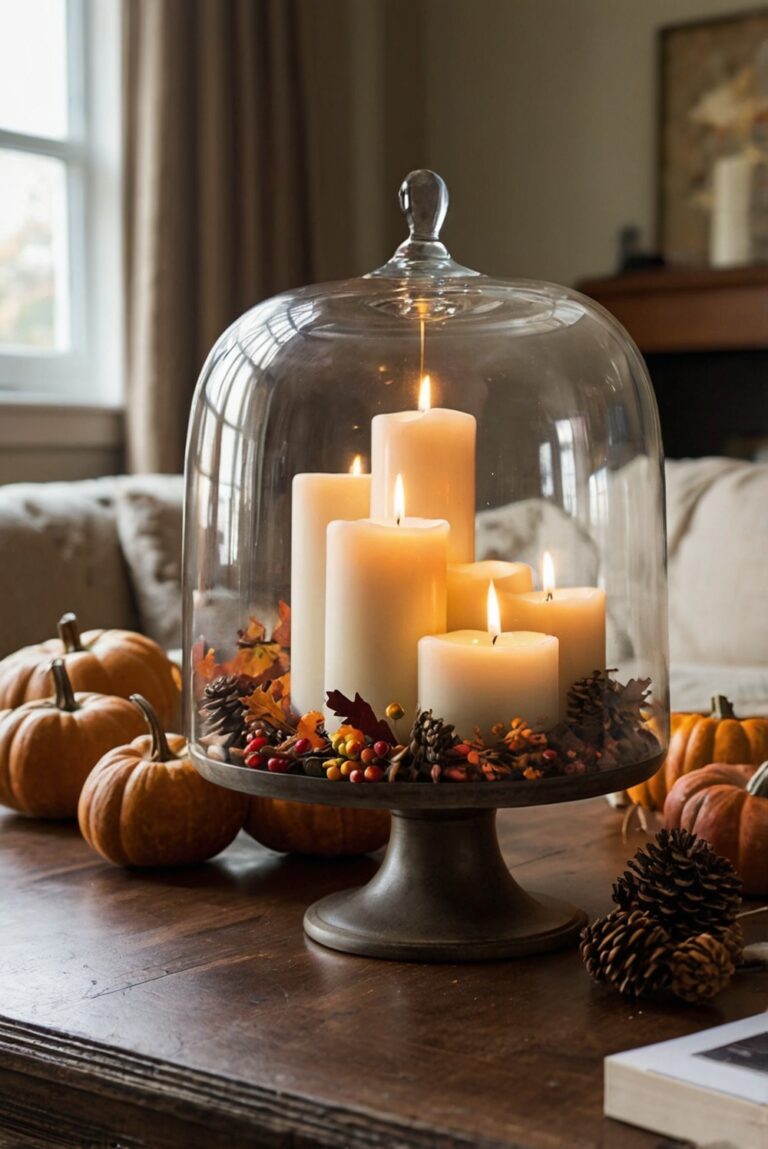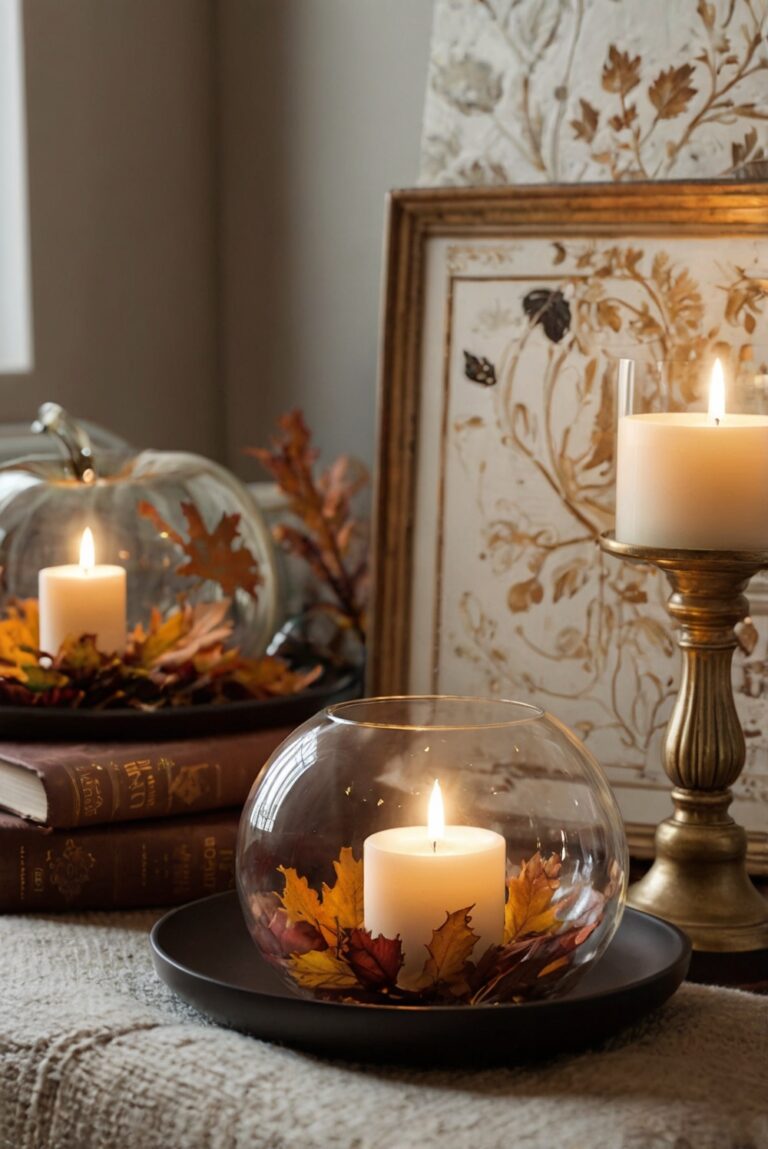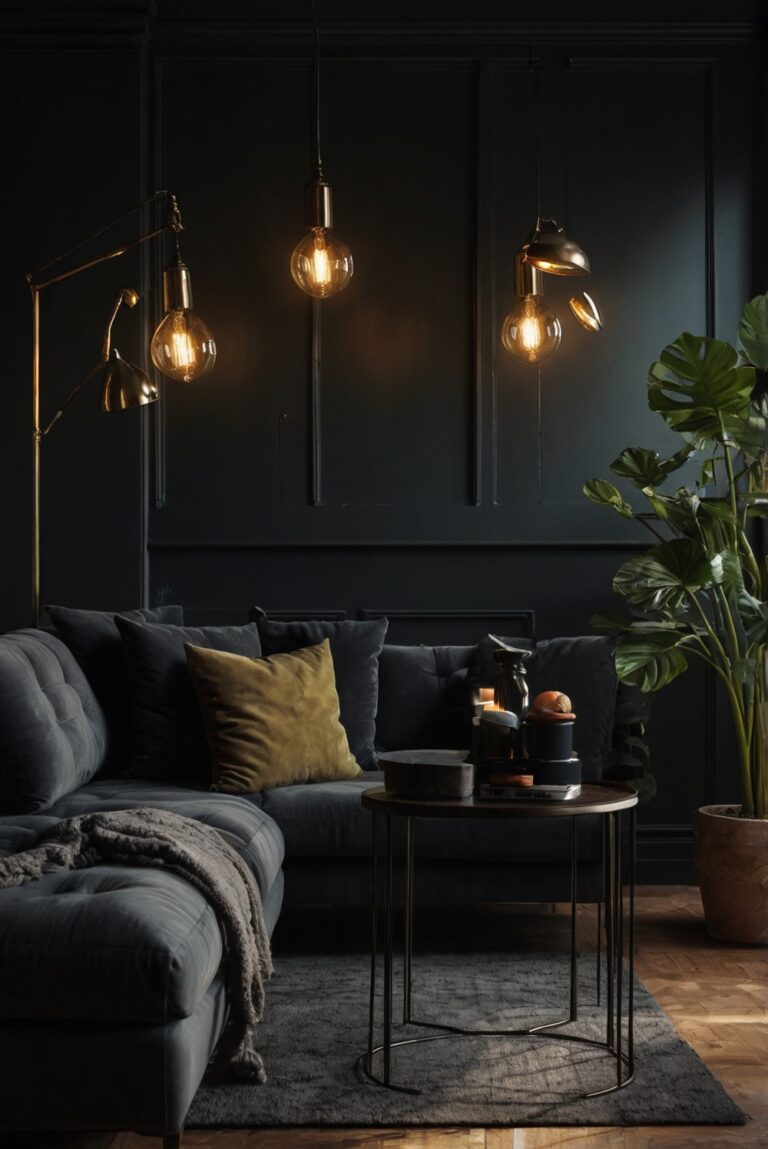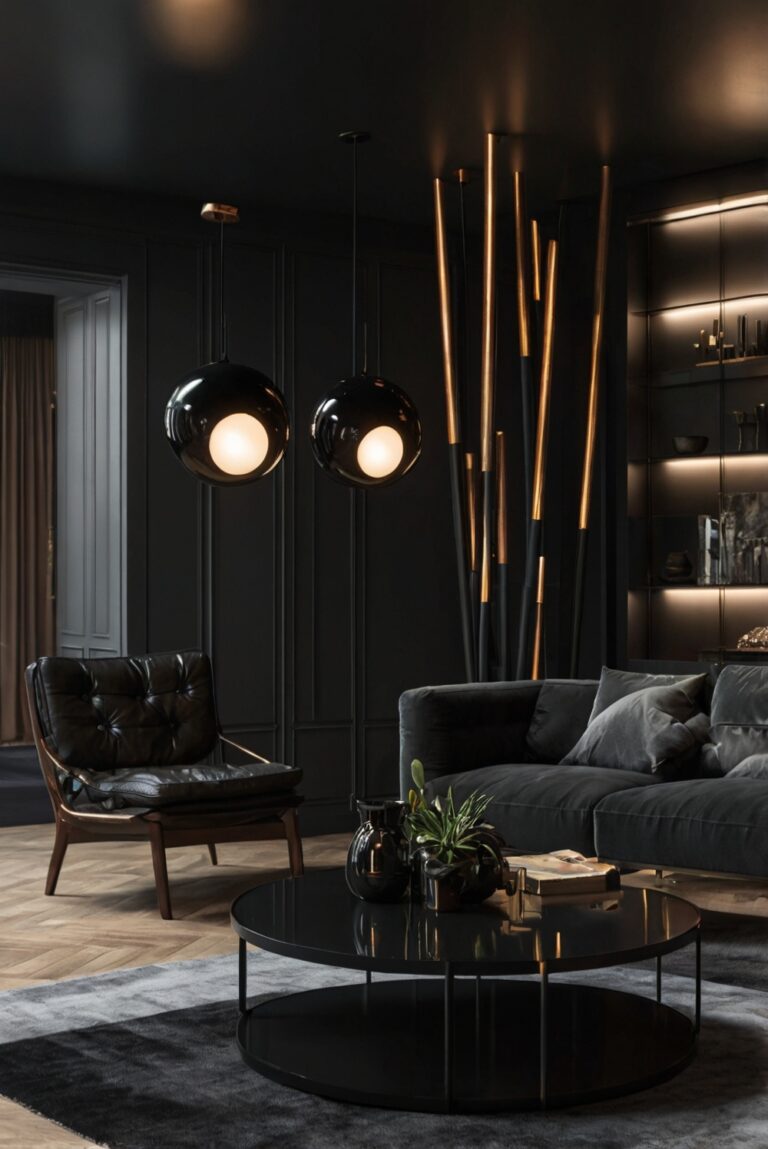Find out how to transform your living room walls with the sophisticated touch of Sage paint. Elevate your space effortlessly with these interior designer tips.
**How can you elevate your living room walls with Sage paint?**
To elevate your living room walls with sage paint, start by selecting the perfect shade of sage that complements your existing furniture and decor. Consider using a primer paint for walls to ensure smooth and even coverage. Make sure to properly prep your walls by cleaning and repairing any imperfections before painting.
When painting, use high-quality brushes or rollers to achieve a professional finish. If you’re unsure about color matching painting, test a small area first to ensure the shade is what you desire. Sage paint can add a touch of tranquility and sophistication to your space, creating a calming atmosphere.
Be organized by creating a color palette and layout plan for your living room. Consider using sage as an accent wall to make a statement or painting all walls for a cohesive look. Remember that different lighting conditions can affect how the color appears, so test it in various areas of the room.
In summary, sage paint can transform your living room into a serene retreat. With careful planning and execution, you can achieve a stylish and inviting space that reflects your personal style while enhancing the overall ambiance of your home interior.
Enhancing Your Living Room Walls with Sage Paint
Transforming your living room walls with sage paint can create a soothing and elegant atmosphere. Here are some tips to elevate your living room walls with sage paint:
1. Choose the Right Shade of Sage:
When selecting a sage paint color for your living room walls, consider the natural light in the room. Opt for a lighter shade of sage if the room receives limited natural light to prevent it from feeling too dark. On the other hand, if your living room has ample sunlight, a darker shade of sage can add depth and warmth to the space.
2. Create Contrast:
To make your sage walls stand out, consider incorporating contrasting elements such as white trim or furniture. This contrast will help highlight the beauty of the sage paint color and create a visually appealing look in your living room.
3. Complement with Accents:
Enhance the aesthetic of your living room walls by incorporating accent pieces that complement the sage paint color. Consider adding throw pillows, curtains, or artwork in shades of blue, gray, or cream to create a cohesive and harmonious look in the space.
Additional Tips for Elevating Your Living Room Walls with Sage Paint:
4. Select the Right Finish:
Choose the appropriate finish for your sage paint to achieve the desired look in your living room. A matte finish can create a soft and subtle appearance, while a satin finish adds a touch of elegance and is easier to clean.
5. Consider Accent Walls:
If you’re hesitant to paint all your living room walls in sage, consider creating an accent wall. Painting one wall in sage can add a pop of color and serve as a focal point in the room without overwhelming the space.
By following these tips and incorporating sage paint into your living room walls, you can create a sophisticated and inviting space that reflects your personal style.
1. Why is Sage paint a popular choice for elevating living room walls?
Sage paint is a popular choice for living room walls due to its soothing and versatile nature. The soft green hue of Sage paint brings a sense of calm and tranquility to a space, making it ideal for creating a relaxing atmosphere in the living room. Additionally, Sage paint pairs well with a variety of decor styles, from modern to traditional, making it a versatile option for homeowners looking to update their space.
2. How can you choose the right shade of Sage paint for your living room walls?
When selecting a shade of Sage paint for your living room walls, it’s important to consider the natural light in the room. Lighter shades of Sage paint work well in rooms with ample natural light, while darker shades can add depth to rooms with less light. Additionally, consider the existing decor in the room and choose a shade of Sage paint that complements the furniture and accessories already in place.
3. What are some tips for painting living room walls with Sage paint?
Before painting your living room walls with Sage paint, be sure to properly prepare the surface by cleaning and priming the walls. Use high-quality paint brushes and rollers for a smooth finish, and apply multiple coats of paint for full coverage. Consider painting an accent wall in a darker shade of Sage to add visual interest to the room.
4. How can you enhance the look of Sage-painted walls in the living room?
To enhance the look of Sage-painted walls in the living room, consider adding decorative elements like wall art, mirrors, or shelves. These accessories can complement the Sage paint color and add visual interest to the space. Additionally, incorporating textiles like throw pillows, curtains, and rugs in coordinating colors can help tie the room together and create a cohesive look.
5. What are some complementary colors to pair with Sage-painted walls in the living room?
When decorating a living room with Sage-painted walls, consider pairing the soft green hue with complementary colors like white, cream, navy, or blush. These colors can help create a balanced and harmonious color palette in the room. Additionally, incorporating natural textures like wood, rattan, or jute can add warmth and depth to the space, enhancing the overall aesthetic of the room.

